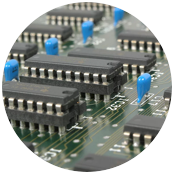Tech Blog
Articles, Press Releases, News, and Announcements
2025-07-01 :
Article
2025-03-27 :
Article
2024-09-16 :
Press Release
2023-09-05 :
Press Release
2021-02-01 :
Article
2021-01-04 :
Article
2020-12-02 :
Article
2020-11-02 :
Article
2020-10-05 :
Article
2020-09-08 :
Article
2020-08-10 :
Article
2020-07-01 :
Article
2020-06-01 :
Article
2020-04-06 :
Article
2020-03-09 :
Article
2020-02-10 :
Article
2020-01-30 :
Press Release
2019-12-16 :
Article
2019-12-02 :
Article
2019-11-22 :
Article
2019-11-04 :
Article
2019-09-03 :
Article
2019-08-05 :
Article
2016-04-25 :
Press Release


